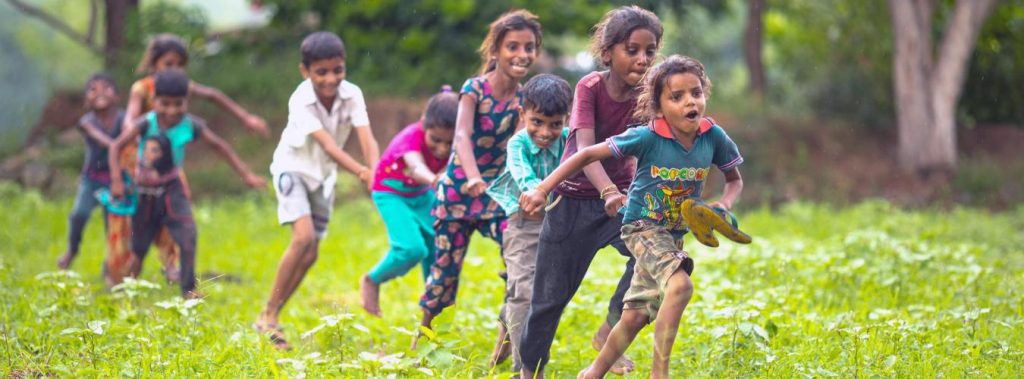
P. A. Chacko
“Play is a sign that children feel safe and nurtured and loved. They feel that they can be children even in the midst of great difficulty.”
(UNICEF Executive Director, Catherine Russell)
Play plays the part of physical recreation, mental vibration and refreshment. The theme is set for all people, particularly children so that, in an environment, play can improve life’s quality alongside other forms of growth and development.
When children play together in a village or at school, they easily forget their differences in caste, colour or creed. The playing field is the first ground for children to break mental and cultural barriers, and that, in turn, promotes human fellowship.
But today’s electronic world sucks the children away makes them glued to television, mobile, videos and other forms of indoor entertainment. Such things may blunt their capacity for thinking, incite them to violence or disobedience.
We often see mothers giving children the mobile to stop their peevish behaviour. There was a seven year old girl insisting to carry a mobile if she had to take the family cattle for grazing.
Such tendencies are seen even in tribal areas.
In former times, all cattle grazing children would gather together and play a common game. Times are changing. Rural areas or urban areas, the concept of play is getting a sea change which means the quality of life for children is making a hasty retreat.
Even the play of teens or adults takes weird forms. Many youngsters get addicted to alcohol, gambling, net betting and anti-social activities as part of play.
One used to see women in their leisure time gathering for singing or gossiping. And youngsters taking to open air games. Or adults sitting around a carrom board. But such scenes are things of the past.
Today’s forms of diversions are of a different genre. People get into their individual nook or corner, watch television or indulge in their pleasure seeking activities.
To beat boredom and frustration, housewives get addicted to TV serials. In order to save time for such pleasures, they cook food once a day and keep it in the refrigerator.
Times have changed. And, thereby, accumulate diseases of obesity, and a host of ailments provided by modern life style.
All play and no work make jack a dull boy. But no play and all other engagements will make us addicted to certain weird activities. Let us not throw caution and precaution to the winds.